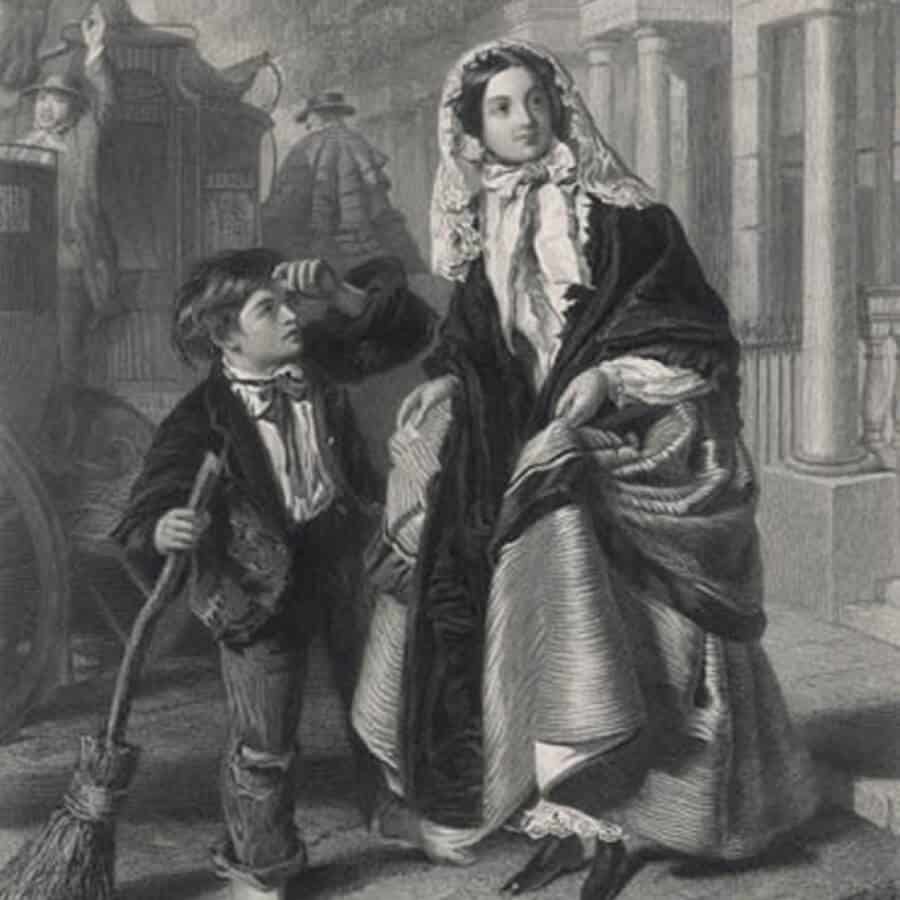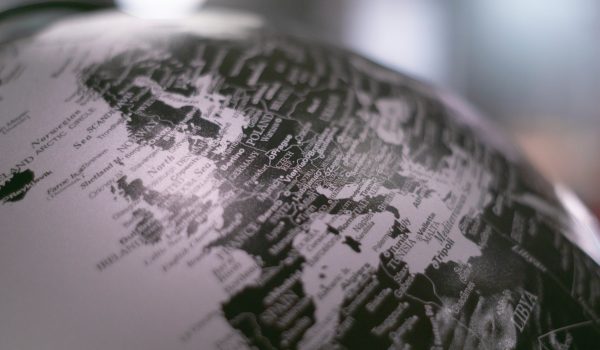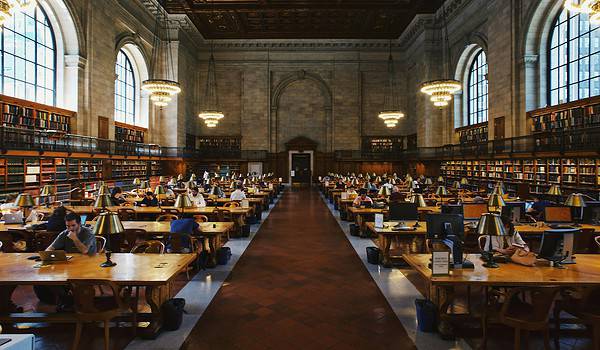We often see horrible pictures and read stories about exhausted children who are forced to work all day long for a few coins. Child labor engulfs millions of children. However, we are used to thinking that this problem belongs exclusively to the third world. That is not quite so. Dig a bit into history, and it becomes clear that “fat childhood” came to developed countries relatively recently. Read here, for example, how your childhood would have looked in the UK just 150 years ago.
The Victorian era in British history is the period from 1837 to 1901, the years when Queen Victoria ruled. It is considered as period of prosperity for Britain. If you ever imagined that you had been born in Victorian England, this is how your life would have looked …
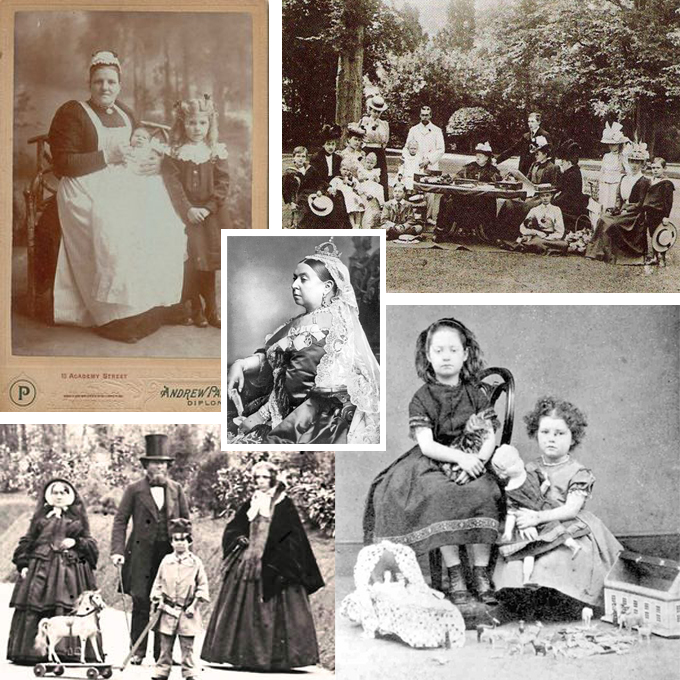
Childhood in Victorian times was nothing like what we know today. If you were lucky enough to be born into a wealthy family you would probably have had a nanny to teach you what is right and what is wrong. You would have spent a lot less time with your parents than would be common today, but you would have been able to go to school and become educated. There were many good schools such as public schools or grammar schools. But these were schools for boys only. Girls from wealthy families were usually taught at home by governesses, although a few had the option of attending boarding schools. You would have repeated the same routine every day, and you would have led a monotonous and formal lifestyle.
If you were born into a poor family, you would not have had a nanny, and your parents would have been responsible for raising you. But this doesn’t mean that your relationship with your parents would have been better. Many parents had ten to twelve children because they needed the wages that children could earn. This meant that sometimes, even from the age of five or six, children had to work to help their parents.

If you were a child of alcoholic parents, or you had a neglectful family or you were an orphan, it is very possible that you would have become a ‘’Street child”. Many of them lived in side streets or small alleys.
Medical knowledge was comparatively primitive, so even those from rich families died routinely from poor medical care. In the London slums, more than half of all babies died before their first birthday. Above all, babies were at risk from tuberculosis. Poor Victorian children often had to satisfy themselves with the clothes that were passed down through the family, or were bought from second-hand shops. They also did not have many toys.
The nineteenth century was the time when the Industrial revolution occurred, so many changes were underway. The exploitation of natural resources like coal superseded the traditional use of wood. The industrial revolution was a great step forward in many sectors, but it also undermined the human rights of millions of people. The workers were largely unprotected. People from the middle class started this revolution because they wanted to improve themselves and their businesses, but the working class fared less well.
This era was truly a golden age for the middle class. Bankers, clerks, and industrialists were able to send their children to school. But for the less fortunate, child labor was the norm in the 1800s. There was not a child protection service, and many of the laws that were designed to protect children were passed only after decades of struggle
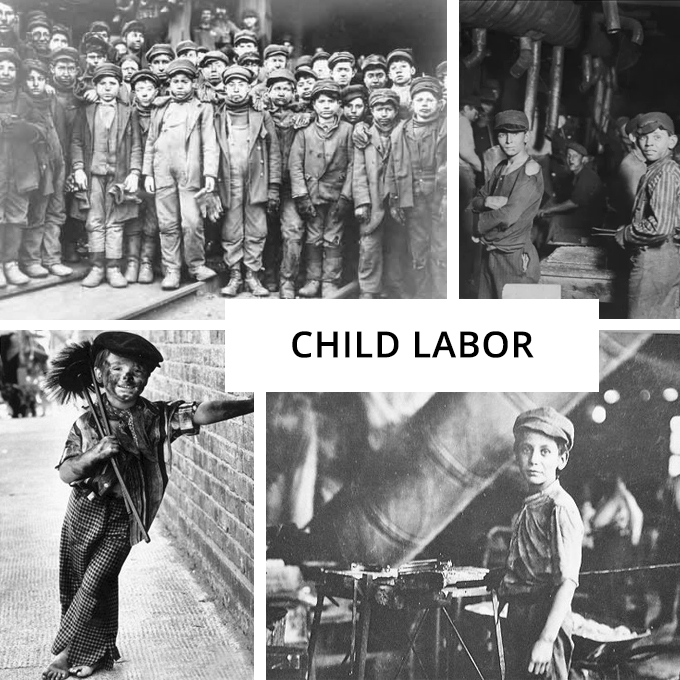
Factories were places where many children worked. They were hired because they were cheap, they never complained, and they could easily crawl under the machines. Many laws were passed, and in the end it was prohibited for children under the age of sixteen to work full-time. There were factories where more children than adults worked. They also worked for much lower wages than adults, and girls were even cheaper than boys. They were effective, and they could do their job well.
Coal mines were also popular places for child labor, and mining many companies preferred to use children there. Since they were smaller, they could easily maneuver in tight spaces. But there were also many problems, such as ventilation. Children had to work from twelve to eighteen hours per day. Some of them developed permanent spine deformations. There were also many explosions.
One of the most dangerous jobs for children in the 1800s was Child Chimney Sweep. Children experienced many injuries such as scraped arms, elbows, legs, and knees. Also, there was a great danger of falling down the chimney or getting stuck. This caused many deaths.
“Children as young as five or six joined these gangs, working long hours…”- Dr. Ginger S. Frost, a research Professor of History.
They were often called “the white slaves of England” since there was a strong resemblance with slavery in the USA. The average wage in the 1850s was about 15 shillings a week. Many children got just 5 shillings a week, or even less.
When it came to their later lives, boys typically continued doing their jobs, or went into the army. It was a completely different case with the girls, because they would probably be working as maids or trying to find someone to marry. Some girls worked in offices as secretaries, while others tried to become teachers and nurses. Girls who were from the lower middle class had to find jobs immediately.
“Looking further afield, internationally, many children’s lives seem hard and hopeless in the face of chronic poverty, widespread disease, civil conflict, and horrendous natural disasters. As current concerns about children and families mount, perhaps it is time to look back at the past and reconsider childhood and child labour in this watershed era.”- Jane Humphries, a Professor of Economic History and Fellow of All Souls College at the University of Oxford.

So if you have ever wondered how it was to be a child in the 1800s, the answer is that for many children during those years life was hellish. Those who were lucky enough to go to school and be wealthy had fewer problems. But children who had to work from 6 A.M. to 8 P.M. just to survive reflect the true image of the Victorian age.
For the great majority, the Victorian age was gloomy and formidable.
Support us!
All your donations will be used to pay the magazine’s journalists and to support the ongoing costs of maintaining the site.
Share this post
Interested in co-operating with us?
We are open to co-operation from writers and businesses alike. You can reach us on our email at cooperations@youthtimemag.com/magazine@youthtimemag.com and we will get back to you as quick as we can.
